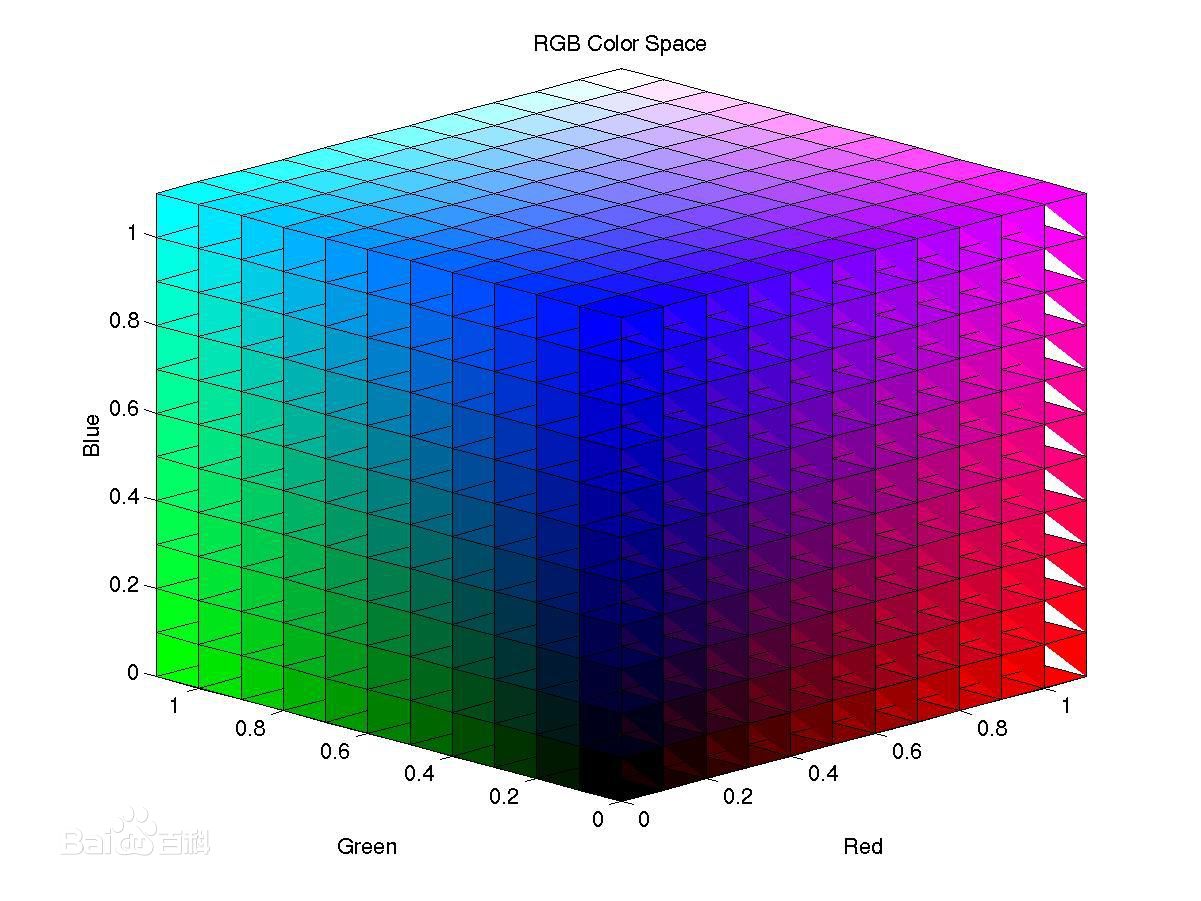1. RGB与HSV
rgb请看下图:

HSV 分析:
- H : Hue 色相 色调,色度 0~360度 360种
- S :Saturation 饱和度
- V :Value 亮度

作用:证件照背景替换,扣头发等等
2.归一化 normalize
归一化:就是把需要处理的数据经过处理后,限制在你需要的一定范围内。例如假设我们把训练数据的第一个属性从[-10,+10]缩放到[-1,+1],那么如果测试数据的第一个属性属于区间[-11,+8],我们必须将测试数据转变为[-1.1,+0.8]
3.直方图均衡化 equalizeHistogram
单通道的图片,统计其每个像素值的个数。
概念:直方图均衡化是一种简单有效的图像增强技术,通过改变图像的直方图来改变图像中各像素的灰度,主要用于增强动态范围偏小的图像的对比度。
把原始图像的直方图变换为均匀分布(均衡)的形式,这样就增加了像素之间灰度值差别的动态范围,从而达到增强图像整体对比度的效果

1 |
|
4.直方图的计算和绘制
api
1 |
|
1 | int main(){ |

